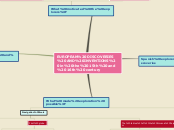por Sara Nessim hace 6 años
300
Sample Mind Map
During the 15th and 16th centuries, European explorers embarked on significant journeys that reshaped global interactions. Portuguese sailors, trained by Prince Henry the Navigator, made groundbreaking discoveries, including Bartolomeu Dias'









